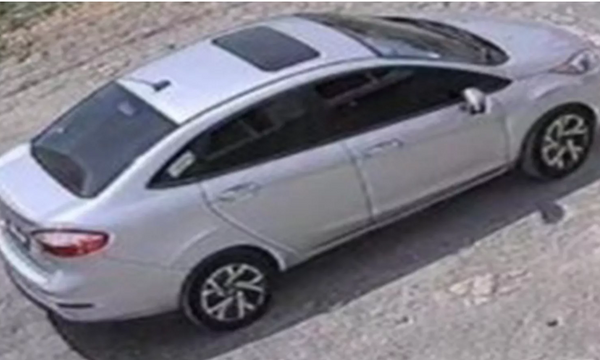The moon lander dubbed Odysseus is "alive and well" but resting on its side a day after a white-knuckle touchdown as the first private spacecraft ever to reach the lunar surface, and the first from the United States since 1972, the company behind the vehicle said on Friday.
The chief executive officer of Houston-based Intuitive Machines, which built and flew the lander, said the vehicle is believed to have caught one of its six landing feet on the lunar surface during its final descent and tipped over, coming to rest propped up sideways on a rock.
Still, CEO Stephen Altemus said Odysseus "is stable near or at our intended landing site" near a crater called Malapert A in the region of the moon's south pole.
"We do have communications with the lander" and sending commands to the vehicle, Altemus said, adding that teams were working to obtain the first photo images from the lunar surface at the landing site.
A brief update on the mission's status posted to the company's website earlier on Friday described Odysseus "alive and well."
The company had said shortly after touchdown on Thursday that radio signals indicated Odysseus had landed in an upright position, but Atlemus said that faulty conclusion was based on telemetry from before the landing.
Intuitive Machines mission director Tim Crain said the spacecraft, burning a propulsion fuel of liquid methane and liquid oxygen for the first time in space, "performed flawlessly" during its flight to the moon.
Altemus said the spacecraft was recharging properly from solar energy and was charged at 100%.
The six-legged, uncrewed robot spacecraft reached the lunar surface on Thursday after a nail-biting final approach and descent in which a problem surfaced with the lander's navigation system, requiring engineers on the ground to employ an untested work-around at the 11th hour.
It also took some time after an anticipated radio blackout to re-establish communications with the spacecraft and determine its fate some 239,000 miles (384,000 km) from Earth.
When contact was finally renewed, the signal was faint, confirming that the lander had touched down but leaving mission control immediately uncertain as to the precise condition and position of the vehicle, company officials said during a webcast of the event on Thursday evening.
The lander is carrying a suite of scientific experiments for NASA and several commercial customers designed to operate for seven days on solar energy before the sun sets over the polar landing site.







